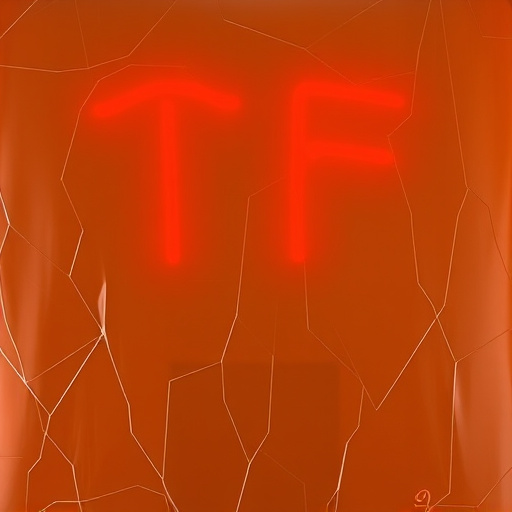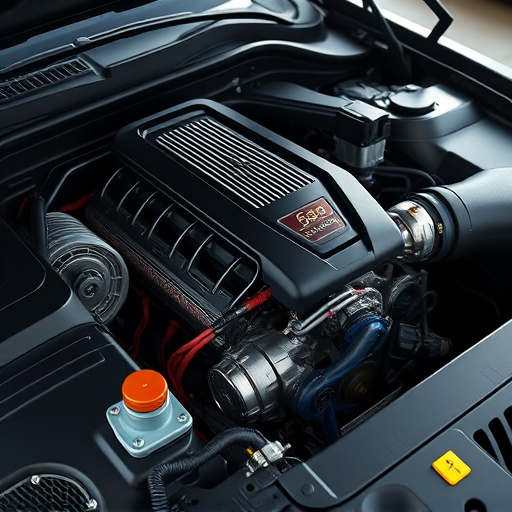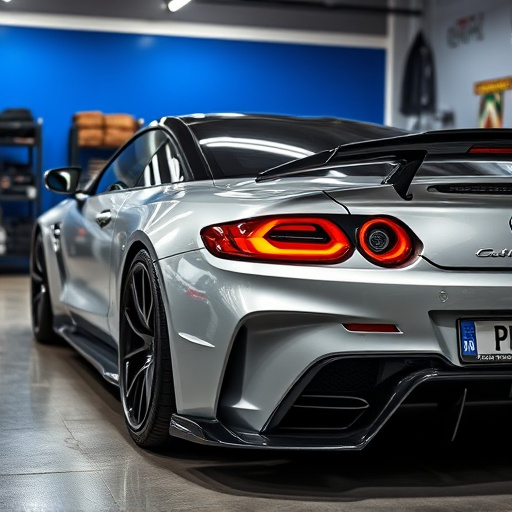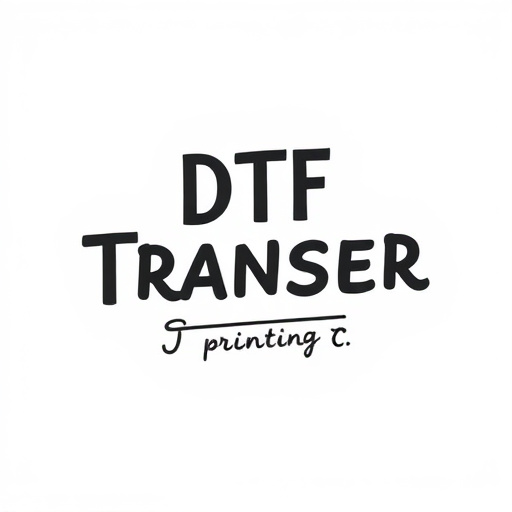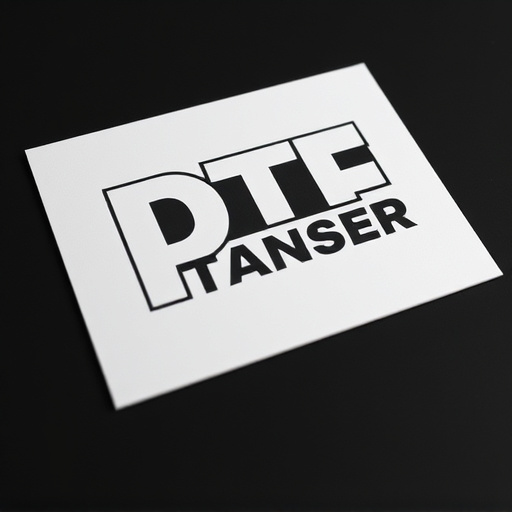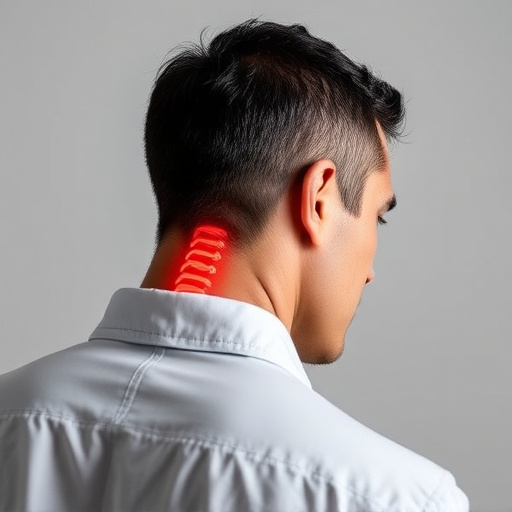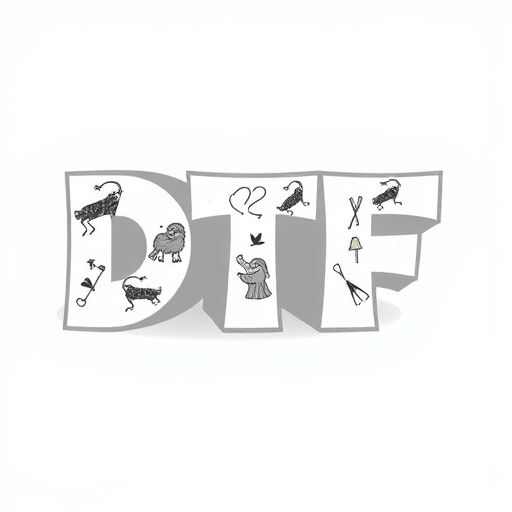Direct-to-Film (DTF) transfers revolutionize branding by delivering high-quality, intricate designs on diverse surfaces like vinyl and polyester. This technology empowers businesses to create visually striking visuals for promotional items, car wraps, and outdoor advertising, effectively communicating their message and enhancing brand recognition. DTF printing ensures brand consistency through precise designs, boosting visual identity. Choosing the right materials and techniques, such as precision-cut vinyl or direct printing, is key. DTF enhances brand experiences across static and dynamic media, from posters to AR, fostering stronger connections. Proven case studies highlight its impact on business growth through innovative branding and memorable customer interactions.
“Revolutionize your brand with Direct-to-Film (DTF) transfers—a cutting-edge branding technique transforming business marketing. This innovative process allows for seamless integration of designs onto various surfaces, offering unparalleled versatility and impact.
From design to final product, this article guides you through the DTF journey, exploring its benefits, creative applications, and real-world success stories. Discover how DTF can elevate brand identity across media, providing a unique and lasting impression in today’s competitive market.”
- Understanding Direct-to-Film (DTF) Transfers: A Revolutionary Branding Technique
- Benefits of DTF for Business Branding and Marketing Campaigns
- The Process: From Design to Final Product – A Step-by-Step Guide
- Choosing the Right Materials and Techniques for Optimal Results
- Creative Applications: Elevating Brand Identity with DTF in Various Media
- Case Studies: Successful DTF Implementations and Their Impact on Businesses
Understanding Direct-to-Film (DTF) Transfers: A Revolutionary Branding Technique
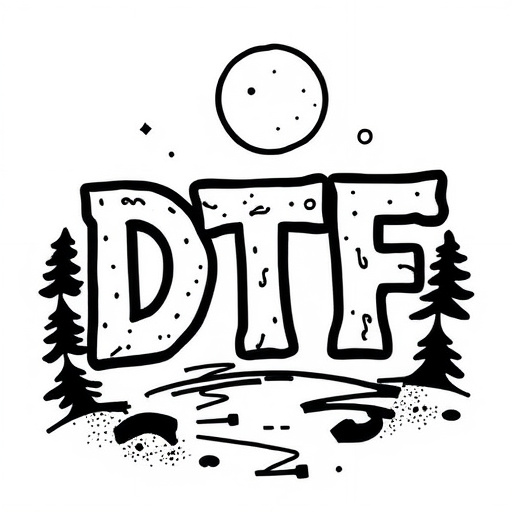
Direct-to-Film (DTF) transfers are a cutting-edge branding technique that has revolutionized the way businesses create and apply their visual identities. Unlike traditional printing methods, DTF allows for high-quality branding elements to be transferred directly onto various film surfaces, opening up a world of creative possibilities. This innovative process involves using specialized equipment and techniques to etch intricate designs, logos, and graphics onto films such as vinyl, polyester, or even fabric, resulting in durable and visually striking brand representations.
With DTF, businesses can achieve a unique and distinctive look for their branding. By leveraging this technology, companies are no longer limited to static printed materials. Instead, they can produce dynamic, eye-catching visuals that can be applied to an array of products, from promotional items like mugs or stickers to more durable goods like car wraps or outdoor signs. The versatility of DTF transfers ensures that brands can effectively communicate their message and leave a lasting impression on their target audience.
Benefits of DTF for Business Branding and Marketing Campaigns
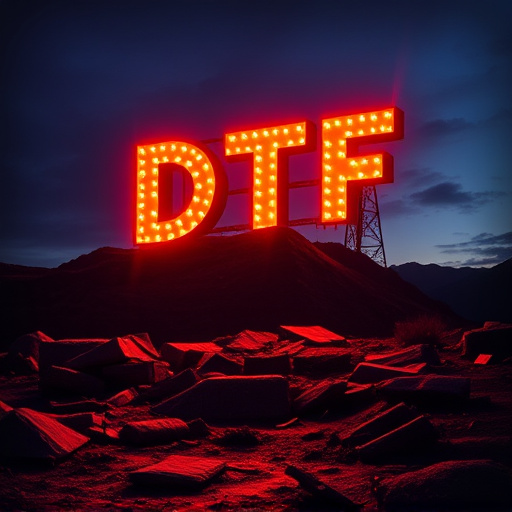
Direct-to-film (DTF) transfers offer a myriad of benefits for business branding and marketing campaigns, revolutionizing the way companies connect with their audience. One of the key advantages is its ability to produce high-quality, vibrant graphics on various materials, from billboards to vehicles, transforming everyday surfaces into mobile advertisements. This technique ensures that brands can effectively reach a wide range of consumers in an eye-catching and memorable manner.
Moreover, DTF printing enhances brand consistency by allowing for precise and detailed designs, including intricate logos and images. It enables businesses to maintain a strong visual identity across different marketing channels, such as outdoor advertising, vehicle wraps, and promotional items. This cohesive branding strategy can significantly contribute to building brand recognition and fostering a memorable impression among potential customers.
The Process: From Design to Final Product – A Step-by-Step Guide

The process of creating business branding elements as direct-to-film (DTF) transfers involves several precise steps to ensure a high-quality final product. It begins with the initial design phase, where graphic designers craft visually appealing logos, graphics, and text using specialized software. These designs are then optimized for the specific film transfer process, ensuring they meet the required resolution and color accuracy standards.
Once the design is finalized, it’s prepared for printing. High-quality films are selected to match the desired aesthetic and durability. The design is precisely printed onto these films using advanced printing technology, such as UV or laser printing, which offers exceptional precision and color fidelity. After printing, the films undergo careful cutting and trimming to create the exact shapes and sizes needed for application. This meticulous step ensures a perfect fit for various surfaces, be it vehicle wraps, signage, or promotional items. The final stage involves applying the DTF transfers to the desired substrate, whether it’s a car, building facade, or marketing display, where they are sealed for durability and long-lasting impact.
Choosing the Right Materials and Techniques for Optimal Results
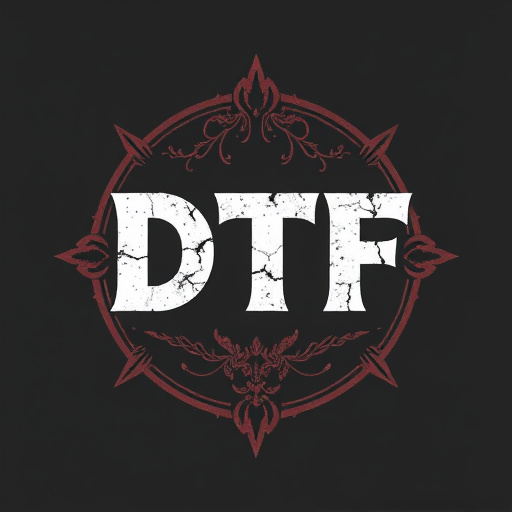
Choosing the right materials and techniques is paramount when producing business branding elements as direct-to-film (DTF) transfers. The first step involves selecting high-quality films that align with your brand’s aesthetics and durability requirements. Polyester and vinyl are popular choices for DTF due to their versatility, scratch resistance, and ability to withstand outdoor conditions. Consider the intended application—whether it’s indoor signage or exterior advertising—to ensure the film is suitable.
Techniques employed also significantly impact outcome quality. For intricate designs, precision cut vinyl with advanced cutting technology offers crisp lines and detailed results. For larger areas of solid color or simple graphics, direct print methods onto films can provide cost-effective solutions without compromising visual appeal. Always test on mockups to evaluate compatibility between your branding design and chosen DTF materials and techniques before finalizing production.
Creative Applications: Elevating Brand Identity with DTF in Various Media

Direct-to-film (DTF) transfers offer a versatile canvas for creative expression, allowing brands to transcend traditional marketing boundaries. This innovative technique enables businesses to embed their identity into various media forms, from posters and billboards to merchandise and even interactive installations. By utilizing DTF, brand designers can seamlessly integrate logo, color palettes, and typography into the fabric of visual content, creating a cohesive and memorable experience for consumers.
The application of DTF goes beyond static visuals. It finds its place in dynamic media like video production and augmented reality (AR) experiences, further elevating brand interaction. In movies, DTF can be used to enhance product placements or create visually stunning brand logos that leave a lasting impression on audiences. AR applications, on the other hand, offer interactive storytelling opportunities, where brands can bring their DTF designs to life, engaging users in immersive ways and fostering stronger brand connections.
Case Studies: Successful DTF Implementations and Their Impact on Businesses

Direct-to-film (DTF) transfers have proven to be a game-changer for many businesses, offering a unique and innovative way to enhance brand visibility and engagement. Case studies from various industries showcase the significant impact of DTF implementations. For instance, a tech startup utilized DTF to create custom, high-quality phone cases with their logo and branding, resulting in increased customer loyalty and word-of-mouth marketing due to the distinctive designs.
In retail, a clothing brand adopted DTF for their in-store displays, transforming plain backdrops into vibrant, eye-catching presentations of their latest collections. This strategic approach not only caught the attention of customers but also improved overall store aesthetics, leading to increased sales and a more memorable shopping experience. These success stories highlight how DTF can elevate brand presence, foster customer connections, and drive business growth.
